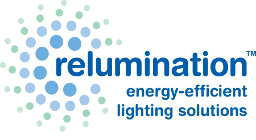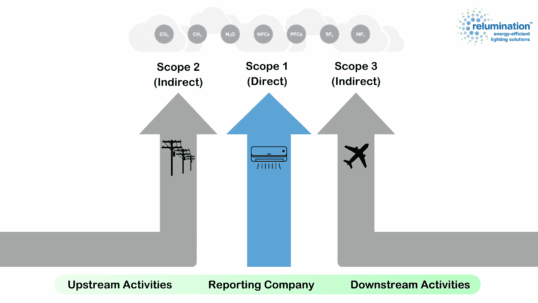If you are thinking about energy-efficiency (who isn’t these days?) and about buying some of the smart building products on the market, we have some ideas to help you. Here are 6 things to consider about lighting control.
- Networked Lighting Systems. One of the smart ways to save energy dollars is to upgrade to a network lighting system. These systems combine digital sensors with lighting capability and smart controls. They also give you the ability to analyze data collected by the system. You want a system that is energy-efficient, saves operating dollars while it improves the comfort of your building, and uses smart devices to your advantage. Consider the following qualities before buying.
- Occupancy and Vacancy Sensors. Consider buying a system that uses occupancy and vacancy sensors. The sensors control the system by distinguishing between occupied and vacant rooms and adjusting the energy use in those rooms accordingly. To do this effectively, you need a system that can distinguish between living heat sources (your employees) and non-living heat sources (office machines). The occupancy sensor also must distinguish between humans and large inanimate objects. One neat feature available in some systems is a sensor with daylight “harvesting” capabilities. These sensors adjust the building’s artificial energy use by sensing the amount of daylight coming in through the building’s windows. Then, the system adjusts the level of indoor light correspondingly.
- Improve Office Comfort Levels. Look for a system that allows your employees to adjust the lighting levels in their office space determined on specific tasks. A system that adjusts lighting based on the time of day can also help employees maintain healthier internal body clock rhythms. Adjusting light to lower levels at closing time before completely turning off the lights is an employee safety factor.
- Data Collection. Networked lighting systems collect data on space utilization and space occupancy. How useful the data is depends on its quality. For example, installing light sensors in every light fixture means the data quality is high (1:1 ratio). High quality data is more useful for current purposes as well as for planning future changes. You want the data to contain a high level of detail and you want the ability to act on the information after collection.
- Optimize the Network Lighting System. You want your smart lighting system to do more than turn the lights on/off. Look for a smart lighting system that can control the HVAC system, security system, and provide access control to restricted areas of your facility. A smart system can monitor how and where and when people move throughout the facility. This feature will provide security information with respect to visitors whose access you want to restrict to certain areas of the facility. The system can limit energy use in those rooms with little activity, like large conference rooms. And, in emergencies, the system sensors can locate employees and visitors within the facility.
- Select a System Now That Can Adapt into the Future. When you compare the systems on the market today, remember that you want something that you can adapt to future changes in technology. A wireless system, for example, will make it easier to install now and when you redesign spaces. Selecting a system now that anticipates future technology will save headaches later.





